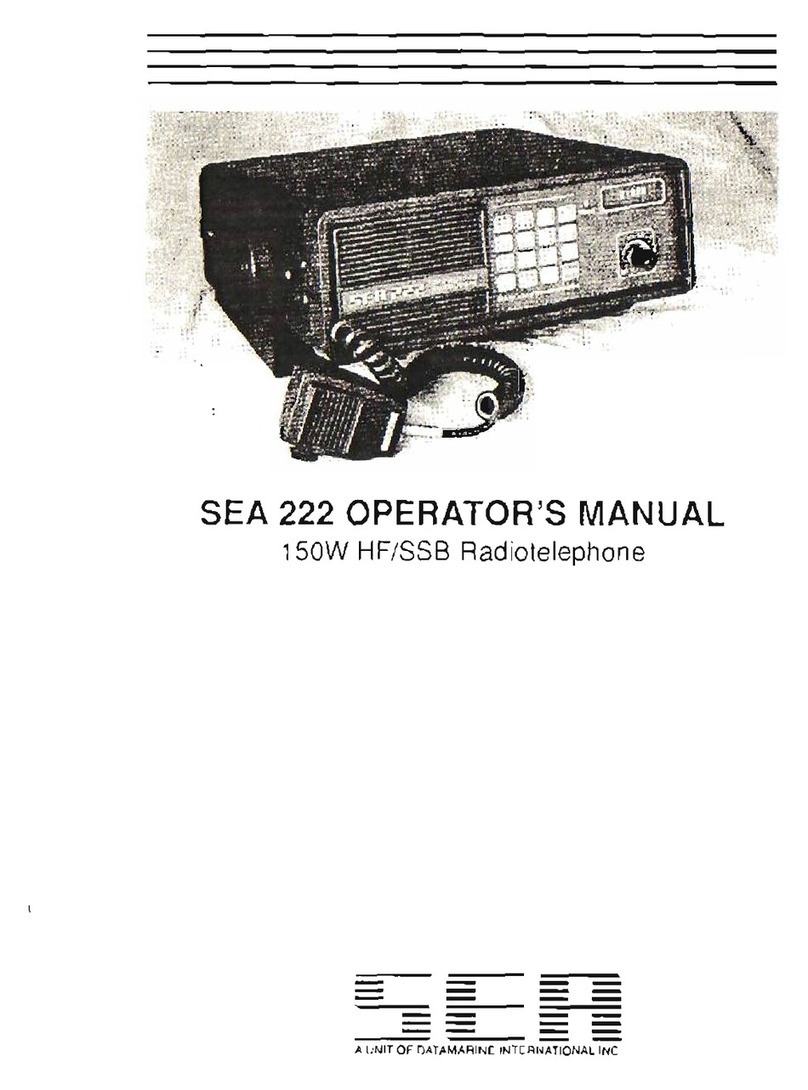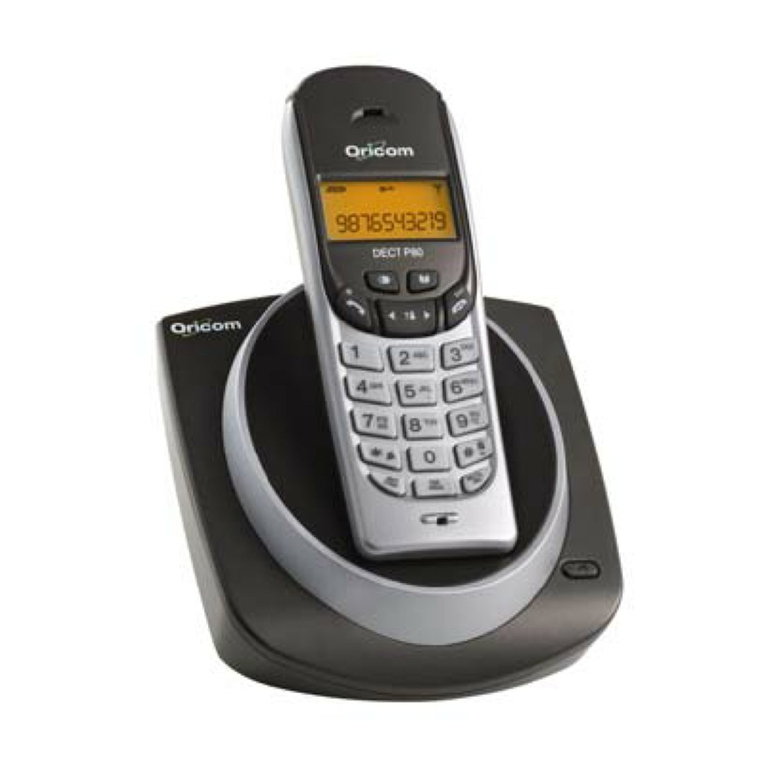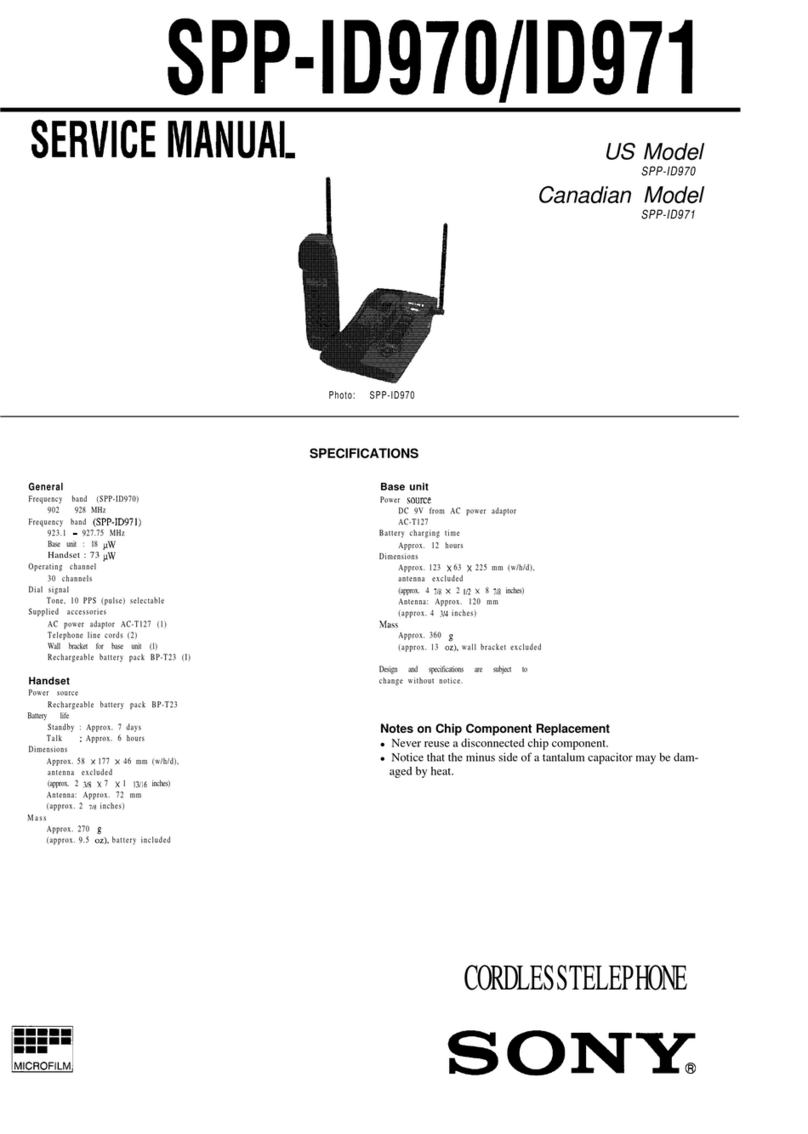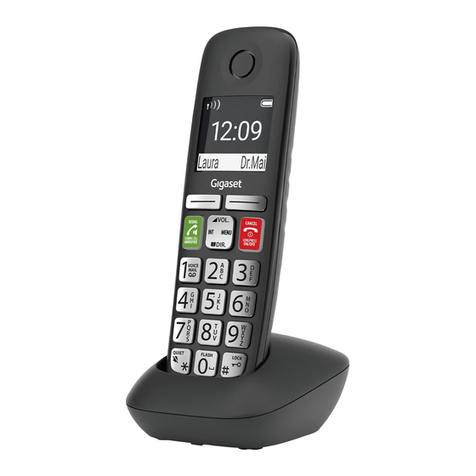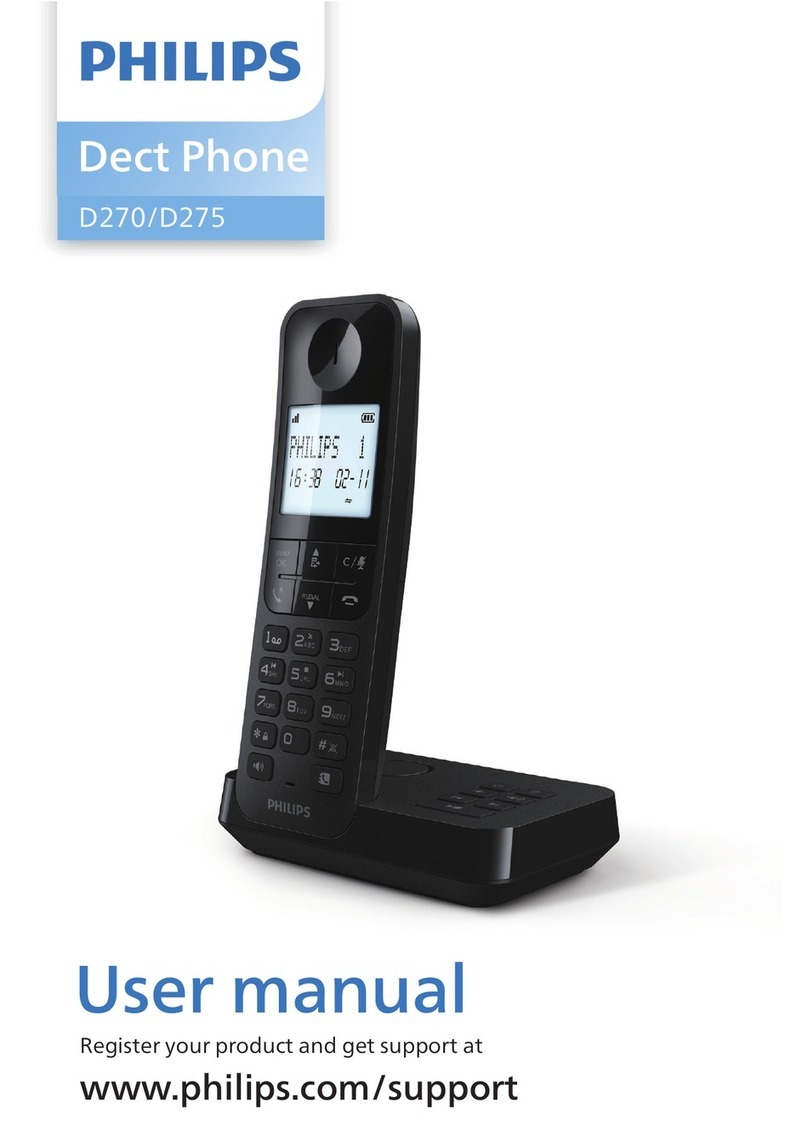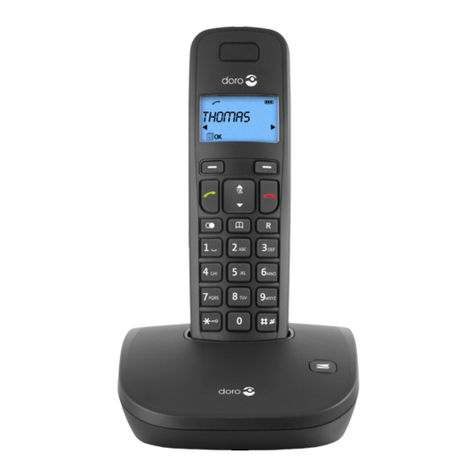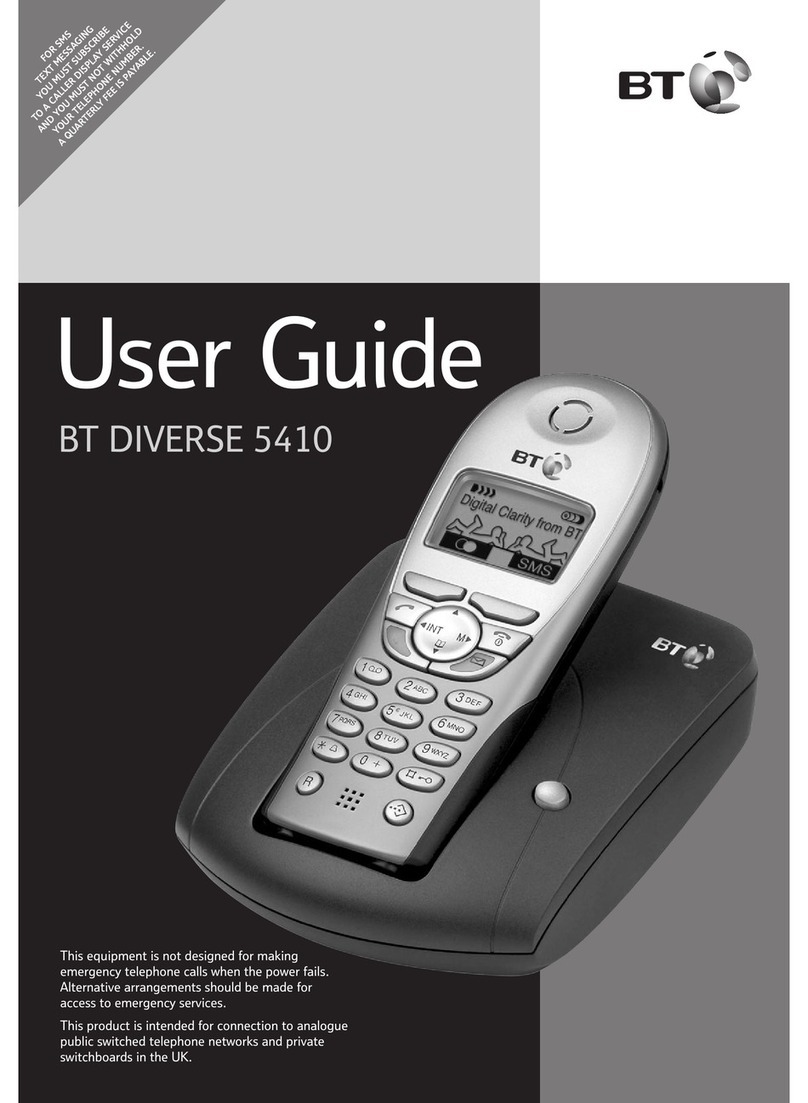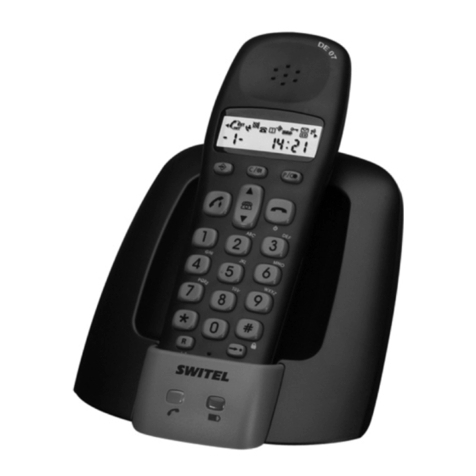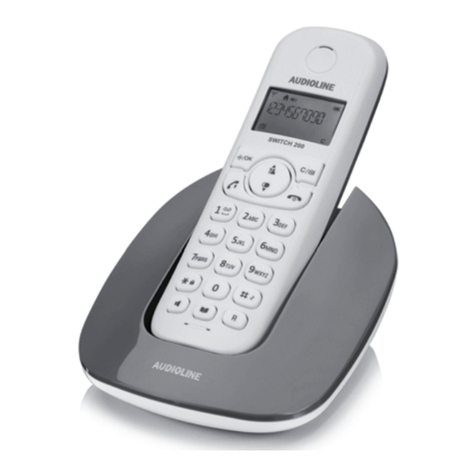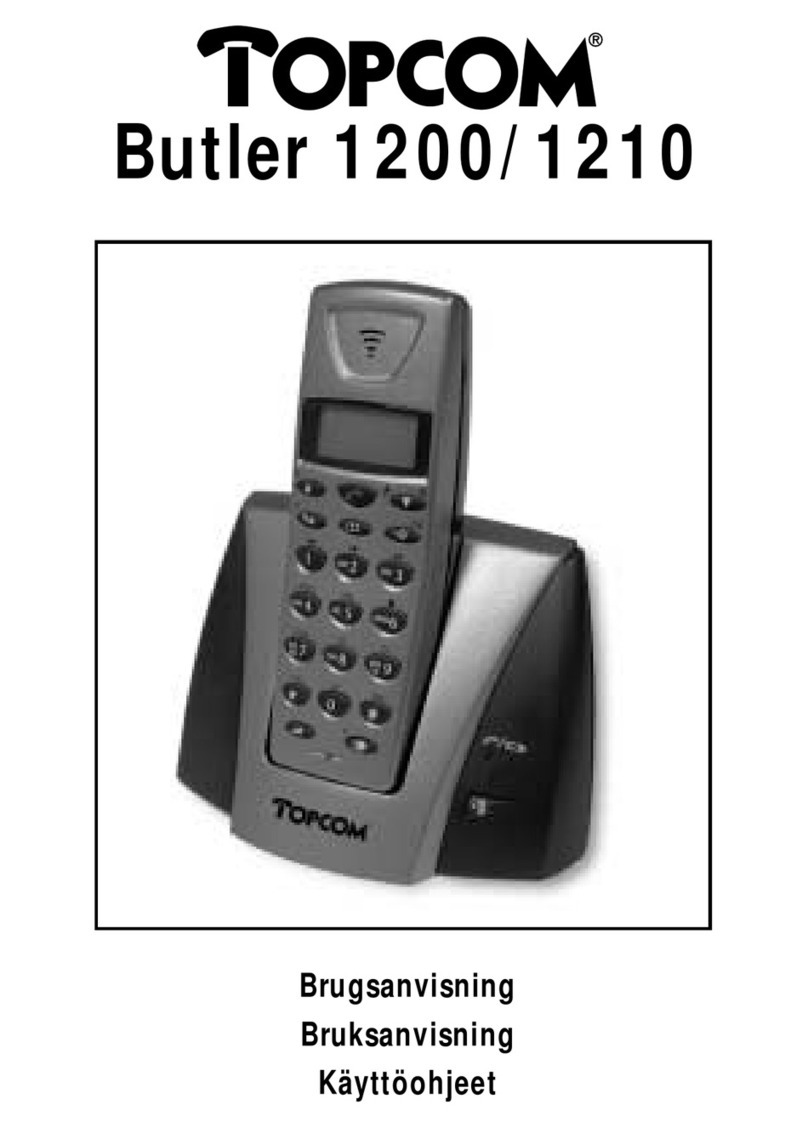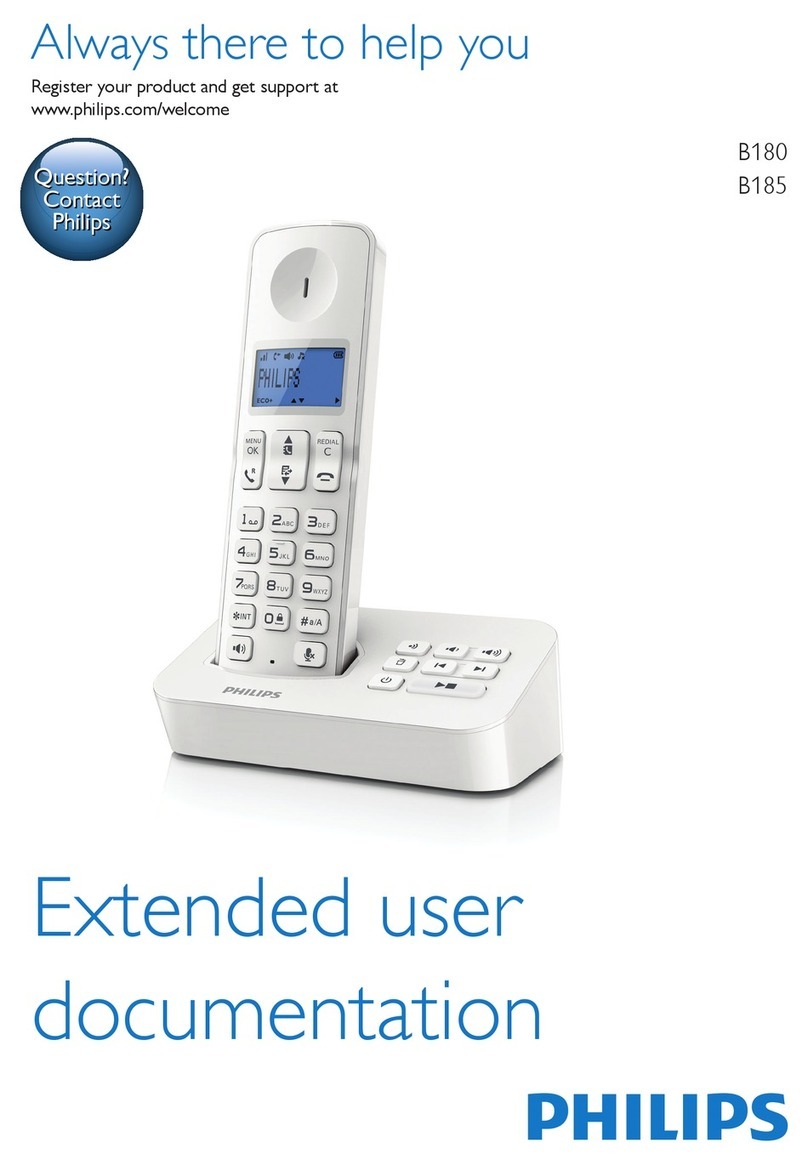SEA 235 User manual

SEA 235 OPERATOR’S MANUAL
Digital Single Sideband Radiotelephone


TABLE OF CONTENTS
GENERAL OPERATIONS...............................................................................1
TECHNICAL SPECIFICATIONS...................................................................1
GENERAL INFORMATION...........................................................................2
UNDERSTANDING CHANNEL MEMORY .................................................3
LCD DISPLAY CHARACTERS.....................................................................4
FRONT PANEL CONTROLS.........................................................................4
BASIC OPERATION.......................................................................................5
TURNING THE RADIO ON...........................................................................6
OPERATING THE TRANSMITTER..............................................................6
THE TUNED INDICATOR.............................................................................6
DEMAND TUNE.............................................................................................7
NOISE BLANKER OPERATION...................................................................7
SELECTING A VOICE CHANNEL................................................................8
SELECTING A TELEX CHANNEL...............................................................8
SELECTING A CHANNEL BY BIN NUMBER............................................9
CHANGING THE DISPLAY VIEW...............................................................9
ENTERING A RECEIVE ONLY FREQUENCY..........................................10
SELECTING THE EMERGENCY CHANNEL............................................10
SENDING THE DISTRESS ALARM SIGNAL............................................11
OVERRIDE....................................................................................................12
SQUELCH OPERATION..............................................................................12
CLARIFIER OPERATIONS..........................................................................12
OPERATING THE MEMORY BROWSE....................................................13
ADVANCED OPERATIONS..........................................................................14
SELECTING THE PROGRAM MENU........................................................14
STORING THE DISPLAYED FREQUENCY..............................................17
PROGRAMMING A NEW FREQUENCY...................................................19
ERASING A CHANNEL...............................................................................22
CHANGING THE NAME TAG OF A BIN...................................................23
SCANNING A CHANNEL GROUP .............................................................24
DIRECT FREQUENCY.................................................................................25
INTERCOM...................................................................................................26
FUNCTION MENUS .......................................................................................27
FUNCTION MENU OVERVIEW.................................................................27
FINDING A BIN WITH THE ALPHA MENU.............................................28
CHANGING THE MODE WITH THE MODE MENU................................29
SELECTING THE TRANSMIT POWER LEVEL........................................31
CHANGING THE DISPLAY ILLUMINATION ..........................................33
CHANGING THE SQUELCH THRESHOLD..............................................35

TABLE OF CONTENTS
SETUP MENU OPTIONS.............................................................................36
CHANGING THE KEY BEEP SETTING ....................................................39
CHANGING THE TUNER STATUS............................................................40
CHANGING THE CONTROLLER UNIT NUMBER ..................................41
CHANGING THE SSB AUDIO INPUT SOURCE.......................................41
CHANGING THE TELEX AUDIO INPUT SOURCE .................................43
CHANGING THE SSB AGC CHARACTERISTICS....................................44
CHANGING THE TELEX AGC CHARACTERISTICS..............................45
CHANGING THE VOGAD CHARACTERISTICS......................................46
AMATEUR OPERATING SYSTEM.............................................................47
THE RADIO AMATEUR OPERATING SYSTEM......................................47
FREQUENCY LISTINGS...............................................................................49
SEA 235 VOICE FREQUENCY LISTING...................................................49
DSC EMERGENCY CALLING FREQUENCIES ........................................60
SEA 235 TELEX FREQUENCY LISTING...................................................61
COAST STATIONS PROVIDING TELEX SERVICE.................................84
SEA SCRATCH PAD MEMORY LISTING.................................................85
SEA SCRATCH PAD WORKSHEET...........................................................91
SSB PROPAGATION TABLES....................................................................93
REAR PANEL..................................................................................................95
REAR PANEL CONNECTIONS...................................................................95
GLOSSARY......................................................................................................97
LIST OF FIGURES
Key Chart 1 - PROGRAM MENU 1...................................................................15
Key Chart 2 - PROGRAM MENU 2...................................................................16
Key Chart 3 - MODE MENU .............................................................................30
Key Chart 4 - POWER MENU ...........................................................................32
Key Chart 5 - DIMMER MENU.........................................................................34
Key Chart 6 - SETUP MENU 1..........................................................................37
Key Chart 7 - SETUP MENU 2..........................................................................38


GENERAL OPERATIONS
1
TECHNICAL SPECIFICATIONS
DIMENSIONS:
3.9” H x 10.5” W x 10.9” D
99mm H x 265mm W x 278mm D
WEIGHT:
10 Lbs.
4.5 Kgs.
ELECTRICAL:
Type Acceptance FCC Parts 80, 87, 90
FCC Identifier BZ6SEA235
Frequency Range (TX) 1.605 - 29.999 MHz
(RX) 0.490 - 29.999 MHz
Operating Temperature -30 degrees to +60 degrees C
Frequency Stability ±10 Hz
Operating Modes J3E, R3E, H3E (2182 KHz)
A1A (CW), F2B (TELEX)
Primary Voltage 13.6 V DC ± 15% (11.6 - 15.6 V DC)
Negative Rail Common to Chassis
Current Drain Receive Standby 1 Amp
Receive Full Audio 1.5 Amps
Transmit Voice 11 Amps
Transmit Two-Tone 17 Amps
Transmit TELEX 22 Amps
Output Impedance 50 ohms
Transmitter Output Power R3E, J3E 150 Watts PEP
F2B 150 Watts
LOW 50 - 75 Watts
VLOW 25 - 40 Watts
Receiver Sensitivity ≤1 µV for 12 dB SINAD
Audio Output 4 W @ ≤10% distortion into external
4 ohm load.

GENERAL OPERATIONS
2
GENERAL INFORMATION
CAUTION !
Do not attempt to transmit until the radiotelephone has warmed up for at least 3
minutes. Transmitting before the 3 minute warm up period can cause a violation
of the Federal Communications Commission regulations.
PROPAGATION
Medium Frequencies (MF) in the range of 300 KHz to 3 MHz propagate far
beyond the horizon. MF frequencies are generally usable within 300 miles
depending on the time of day, atmospheric conditions and man-made noise
levels.
High Frequencies (HF) in the range of 3 MHz to 30 MHz allow communications
over thousands of miles, again subject to the time of day and atmospheric
conditions. Interference tends to be more of a problem than on Very High
Frequencies (VHF) in the range of 30 MHz to 300 MHz.
To further understand MF/HF propagation, SEA’s “Mariners Guide to Single
Sideband” (MAN-0001-001) is highly recommended reading.
INSTALLATION (RF grounding & DC connections)
A radio frequency (RF) ground with a minimum of 100 sq. ft. is required for
proper operation. This ground system is not unique to SEA equipment. All
marine MF/HF radios have the same installation requirements for maximum
efficiency. Every connection to the ground should be made with a minimum of
2” wide copper strap. Proper wire size must be used between the radio and
power supply to prevent the DC (direct current) voltage at the radio from
dropping below 11.5 volts during transmit conditions. Should this occur, the
radio will drop to low power during transmit to prevent distorted transmissions.
It is recommended that an authorized SEA dealer perform the installation of your
MF/HF equipment to assure proper operation. For complete installation
instructions, refer to the “SEA 235 Installation Manual” (OPR-235-INST)
supplied with the radio.
RADIO PROTECTION
The SEA 235 monitors radio conditions such as DC supply voltage, internal
temperature and antenna VSWR. When these conditions are outside the preset
limits, the radio will revert to low power (approximately 75 Watts). The
display’s LOW indicator will light to indicate this condition. If this should occur
during an EMERGENCY situation, pressing will
override the monitoring sensors and allow FULL output power. The radio will
stay in the EMERGENCY OVERRIDE condition until the radio power is re-
cycled.
6FNC
6

GENERAL OPERATIONS
3
UNDERSTANDING CHANNEL MEMORY
CHANNELS
Nearly 1000 frequency pairs are stored as permanent channels in the SEA 235.
These channels are recalled by their assigned ITU or SEA channel number. ITU
numbers are known internationally and include all duplex frequency pairs
starting at 4 MHz and ending with 25 MHz. SEA numbers are assigned to those
frequencies that do not have an assigned ITU number. Currently all 2 to 3 MHz
frequencies and all simplex frequencies are assigned SEA channel numbers.
It is important to note that not all radios use the same channel numbers for
simplex or 2 to 3 MHz frequencies. Some radios use an “A”, “B”, “C” channel
assignment for frequencies not assigned an ITU channel number. For example,
if you refer to the SEA simplex channel 451 during communications, the person
you are communicating with may not have a channel 451. Their radio may have
the same frequency (4146.0 KHz) assigned to channel “4A”. For reliable
communications, always refer to the frequency when referencing simplex
channels or frequencies below 4 MHz.
BINS
In addition to the permanent memory, 200 user programmable channels known
as bins have been assigned for “scratchpad” memory. Approximately 170 of
these 200 channels have been programmed by SEA but may be changed at any
time. Bins may be programmed with any frequency, mode of transmission and
given a name tag besides a bin number.
SCAN CELLS
Consecutive bin numbers that have the same first three characters in their name
tag, are known as “scan cells”. SEA has programmed 170 of the 200 possible
bins into 23 different scan cells. Scan cells may be as short as one bin or as long
as 200 bins but should be kept to a reasonable length for scanning efficiency.
Each scan cell is organized with frequency pairs that are related to one another.
For example, bins 13 through 30 have been programmed with frequencies
assigned to the coast station KMI. Since the name tag’s first three characters are
“KMI”, and the bins are consecutively numbered, the bins may be scanned as a
group. If the bins do not have the same first three characters, the scan cell will
be split into two different cells. For instance, if bin 20 is renamed to “SEA 1”,
the KMI scan cell will be split into two cells. One cell will contain bins 13
through 19, while the other cell will contain bins 21 through 30. Bin 20 will be a
single channel scan cell called “SEA”. Scanning “KMI” could be done by
scanning bins 13 through 19 OR bins 21 through 30 but not both at the same
time.
Care should be given that a scan cell is not split unintentionally. Bins that will
not be scanned can be given any descriptive name tag.

GENERAL OPERATIONS
4
DN
UP
LCD DISPLAY CHARACTERS
Alphanumeric digits display channel numbers, frequencies and menus.
The NOISE BLANKER is activated.
The radio is in TRANSMIT.
The attached coupler has finished the tune process.
Indicates ½output power during transmit when on steady or
¼output power when flashing.
The radio will transmit a reduced carrier (H3E) of approximately 40W.
This mode is only available on the emergency frequency 2182.0 KHz.
Both transmit and receive will use LOWER SIDEBAND mode.
TELEX (J2B) mode will be used for transmit and receive.
The receiver SQUELCH is activated.
Relative output power when transmitting and audio signal strength
during receive. No bars indicates weak signal.
FRONT PANEL CONTROLS
Toggles power on/off.
Used to enter channel/frequency information and menu selections.
used alone, recalls emergency frequency 2182.0 KHz.
Toggles alarm generator test on/off.
Enables receiver noise blanker. When used with ,
transmits alarm signal.
Toggles squelch on/off.
Toggles display to show channel / bin #, frequency, or alpha name.
Accesses function menus and other function commands.
Selects displayed funtion menu or completes keyed entry.
Increases receiver frequency and scrolls selected function options.
Decreases receiver frequency and scrolls selected function options.
ENT
NB
TX
TND
LOW
AME
LSB
TLX
SQL
0 – 9
PWR
ALRM
NB
SEND
SQL
CH
FX
FNC
ALRM
0
2182

GENERAL OPERATIONS
5
BASIC OPERATION
To turn the radio on, press
Wait 3 minutes for the synthesizer frequency
to stabilize before transmitting.
Rotate the volume control clockwise to
increase the volume level.
Press to activate the squelch.
Enter the desired channel number in three or
four digit form, followed by the key.
e.g.
The display will show the channel number for 2 seconds then change to display
the receive frequency.
Your SEA 235 is now set to transmit and receive on the selected channel.
For instructions on enabling other radio functions, see the table of contents for
the page number corresponding to the specific function.
Illustrations in this manual reflect the use of an attached SEA 1635 tuner. Differences in
tuner choice or radio programming may produce varying displays.
LOW SQL
TND
LOW SQL
451ENT
ENT
SQL
PWR
NB
SEND SQL CH
FX
PWR ALRM
1
4
7
FNC
2
5
8
0
2182
3
6
9
ENT
UP
DN
NB
TX TND
LOW AME
LSB TLX
SQL
SEA 235 HF/SSB DIGITAL
RADIOTELEPHONE

GENERAL OPERATIONS
6
TURNING THE RADIO ON
Press
All display segments will be shown for a short
period followed by the radio model number,
then the controller (CT) and transceiver (RT)
software versions. The radio will then be set to
the MARINE mode on international emergency
frequency 2182.0 KHz using USB, J3E mode.
Wait 3 minutes for the synthesizer frequency to
stabilize before transmitting.
OPERATING THE TRANSMITTER
Keying the microphone push-to-talk button will switch the transmitter circuits
on, indicated by the “TX” indicator appearing
on the display. Speak in a normal voice with
your lips about one eighth of an inch away
from the microphone. Do not shout. Shouting
reduces intelligibility. The number of bars
displayed will change as the operator talks.
THE TUNED INDICATOR
The display’s “TND” indicator shows that the
SEA 1612 series, SEA 1635 or SEA 1631
antenna tuner has successfully matched the
antenna to the radio for maximum radiated
power. When the radio tuner mode is enabled,
entering a frequency or channel will cause the
“TND” indicator to extinguish and the “LOW”
indicator to appear. Speaking into the
microphone when the PTT is pushed will allow
the tuner to find a match. The “TND” indicator
will be displayed and the “LOW” indicator will
extinguish allowing full output power.
NOTE: If a frequency or channel has never been used, the “match” will take slightly
longer.
TX LOW
PWR
NB
TX TND
LOW AME
LSB TLX
SQL
TX LOW
TX TND
LOW

GENERAL OPERATIONS
7
DEMAND TUNE
When the tuner senses a high VSWR, it will attempt to match the antenna
automatically during transmit. The Demand Tune function signals the tuner to
undergo a complete tune cycle even with an acceptable VSWR. This may be
needed on those rare occasions when the “TND” indicator does not appear or
when the operator suspects the match could be better. For the Demand Tune
function to operate, the SEA 1612C or SEA 1635 tuner must have the ‘DTN’
terminal connected to the SEA 235’s rear panel accessory connector P3 pin 10
(DMD TUNE). The ‘TUNER’ option in the radio’s “SETUP” menu must also
be programmed to “TNR ON”. Better tunes may occur using Demand Tune.
To Demand Tune, key the radio by holding the
PTT button on the microphone down, then
press and release to start the tune
cycle.
The “TND” indicator will turn off, the “LOW”
indicator will turn on and the radio will show
“TUNING”.
When the tuner has successfully completed the
match, the “LOW” indicator will disappear as
the “TND” indicator appears and the display
will show the VSWR. Release the microphone
PTT.
In the event that the tuner can not find a match
in 15 seconds, the radio will stop transmitting
and the display will read “NO TUNE”.
When tuning with voice, “HI VSWR” will
occasionally be displayed until the tune cycle
has successfully completed the antenna match.
NOISE BLANKER OPERATION
Use the key to toggle the noise
blanker on / off. The “NB” indicator shows the
noise blanker is on. The noise blanker will
help reduce impulse noise that may be caused
by on board equipment such as a bilge pump or
refrigerator compressor.
TX LOW
TX LOW
TX LOW
TX TND
NB TND
FNC
NB
SEND

GENERAL OPERATIONS
8
SELECTING A VOICE CHANNEL
Enter the desired three or four digit ITU/SEA
channel number followed by
e.g.
The display will show the channel entered
followed by the receive frequency for the
selected channel.
Press to switch between the
channel number display and the frequency
display.
When the microphone PTT button is pressed,
the transmit frequency will be displayed when
in frequency display mode.
If the channel does not exist, “NO FREQ” is
displayed.
SELECTING A TELEX CHANNEL
The SEA 235 is capable of telex operations
when used with an appropriate modem.
Enter the desired three or four digit ITU/SEA
telex channel number followed by
e.g.
The display will show the channel entered
followed by the receive frequency for the
selected channel.
Press to switch between the
channel number display and the frequency
display.
When the microphone PTT button is pressed,
the transmit frequency will be displayed when
in frequency display mode.
If the channel does not exist, “NO FREQ” is displayed.
LOW
LOW TLX
LOW TLX
LOW
ENT
40
2182 3ENT
CH
FX
40
2182 3
CH
FX
CH
FX
CH
FX

GENERAL OPERATIONS
9
SELECTING A CHANNEL BY BIN NUMBER
Enter the desired one, two or three digit bin
number followed by
e.g.
The display will show “BIN 24” for 1 second
followed by the name tag of the bin selected.
Press to cycle between the channel
display, frequency display, and alphanumeric
name tag displays.
When the microphone Push To Talk button is
pressed, the transmit frequency will be
displayed when in frequency display mode.
If the bin is not programmed, “NO FREQ” is
displayed.
CHANGING THE DISPLAY VIEW
is used to change the display view
between the alphanumeric name tag, channel
number and the associated frequency for that
channel.
For Bins, the key will change the
display view between the Alphanumeric name
tag, frequency and bin number.
When is pressed while on 2182.0 KHz,
the display will briefly show “EMER 0”.
To display the transmit frequency, press
to have the display show the receive frequency.
Press the microphone PTT to have the
transmitter frequency displayed.
LOW
LOW
ENT
2 4 ENT
CH
FX
CH
FX
CH
FX
CH
FX
CH
FX
TND
ALPHANUMERIC NAME TAG
TND
FREQUENCY VIEW
TND
BIN / CHANNEL VIEW

GENERAL OPERATIONS
10
UP DN
ENTERING A RECEIVE ONLY FREQUENCY
Enter any frequency using four, five, or six
digits followed by “ENT”.
e.g.
If the frequency entered is less than 490.0 KHz
or greater than 29999.99 KHz, the radio will
prompt “ILLEGAL” and revert to the last
channel entered.
When trying to transmit on a receive only
frequency, the display will show “RX ONLY”.
will not operate in receive only mode.
SELECTING THE EMERGENCY CHANNEL
Press
The radio will switch to the international
emergency frequency of 2182.0 KHz using
USB, J3E mode.
If H3E (AME) mode is required, press
repeatedly until “MODE” is displayed.
Press then or
(“PRESS+-”) repeatedly until “AME” appears.
Press
The radio is now ready to transmit an AME
signal using a 40 W carrier.
Pressing the will briefly show the
assigned channel number, “EMER 0”. LOW AME
LOW AME
LOW
LOW
0
2182
70
2182 0
2182 ENT1
CH
FX
FNC
ENT
ENT
CH
FX
LOW

GENERAL OPERATIONS
11
UP DN
SENDING THE DISTRESS ALARM SIGNAL
Press to stop any entry in progress.
Press to select 2182.0 KHz.
If H3E (AME) mode is required, press
repeatedly until “MODE” is displayed.
Press then the or key
repeatedly until “AME” appears.
Press to select AME mode.
AME is only available on 2182.0 KHz.
To transmit the alarm signal, hold the
key down then press
The radio will transmit the alarm for 45
seconds unless stopped by pressing
The two tone alarm signal can be transmitted
on all available frequencies. It is not necessary
to use 2182.0 KHz for the alarm generator to
function.
To test the alarm without transmitting a signal,
press
You will hear the alarm tones through the
speaker but no signal will be transmitted. This
will continue for 45 seconds unless stopped by
again pressing LOW AME
TX TND
LOW AME
ENT
FNC
ENT
ENT
ALRM
ALRM
NB
SEND
0
2182
ALRM
ALRM
LOW
LOW AME

GENERAL OPERATIONS
12
2UP DN
OVERRIDE
When operating conditions are outside the normal preset limits, the radio will
revert to low power (approximately 75 Watts). The display’s “LOW” indicator
will light to indicate this condition. If this
should occur during an EMERGENCY
situation, pressing
will override the monitoring sensors and allow
FULL output power. The radio will stay in the
EMERGENCY OVERRIDE condition until the
radio power is re-cycled. If the power has been reduced manually or the tuner
fails to match the antenna, the override will not increase to full power.
SQUELCH OPERATION
Use the key to toggle the squelch
on / off. The “SQL” indicator shows the
squelch is on. The speaker will mute after
approximately 2 seconds. Varying audio
frequencies will open the squelch but not a
steady tone.
CLARIFIER OPERATIONS
In the “MARINE” operating system, the
clarifier tuning range is limited to ±200 Hz
when used on any Bin or ITU/SEA channel.
When the radio is turned on, the clarifier step
size will default to 10 Hz.
Any “receive only” frequency or any frequency
used in the “AMATEUR” operating system has
an unlimited clarifier range and can be changed
in steps of 10 Hz, 100 Hz, 1 KHz, or 10 KHz.
To change the clarifier resolution:
Select “1” for 10 Hz steps, “2” for 100 Hz
steps, “3” for 1 KHz steps or “4” for 10 KHz
steps then “UP” or “DN”.
e.g. Press or to have the clarifier change in 100 Hz steps.
The chosen clarifier digit will blink for 2 seconds to indicate the selection. If the
digit does not blink, it is not a valid selection for the current mode and the
setting will not change .
TND SQL
SQL
6FNC6
TND SQL
Flashing clarifier set for 10 Hz (default)
LOW SQL
Flashing clarifier set for 10 KHz

GENERAL OPERATIONS
13
UP
UP
DN
DN
OPERATING THE MEMORY BROWSE
Browse enables a manual scan of all channels
or bins programmed in the radio.
Press then or
Pressing will change the channel to the
next channel in memory. The display will then
change to frequency mode when an ITU/SEA
channel is selected.
Pressing will change the channel to the
previous channel in memory. The display will
then change to frequency mode when an
ITU/SEA channel is selected.
will toggle between bin/channel,
frequency and name tag display modes.
Memory browse will not scan through bins and
channels at the same time. If a channel is
selected and you wish to browse the bins, select
a bin number from which to start.
When the last bin or channel is selected, the next step will go to the beginning of
the bin or channel list.
To exit memory browse, press the microphone Push To Talk button briefly,
adjust the clarifier step size or recycle the radio power.
9
CH
FX
LOW
Starting at ITU channel 403
Next ITU channel in memory is 404
LOW
Previous ITU channel in memory is 402
LOW

ADVANCED OPERATIONS
14
SELECTING THE PROGRAM MENU
To enter the program mode
press
The display will show “PROGRAM”, followed
by the first program option. Every time the
key is pressed, the radio will step to the next programming menu
option. The options available for programming are “STORE”, “ERASE”,
“ALPHA” and “EXIT”.
“STORE” will allow saving either the displayed information or entering a new
transmit / receive frequency pair and operating mode. If a name tag other than
the suggested is used (other than “NEW”), a new scan cell will be created.
“ERASE” deletes the bin number entered. Erasing a bin will split a scan cell.
“ALPHA” is the name tag edit routine. This routine is also used when storing a
display or new frequency pair.
“EXIT” will exit the program menu. No channel or frequency information will
be stored when EXIT is selected.
NOTE: Care should be given to the bin number used when programming frequencies.
The bin number and name tag will affect how channels are browsed and scanned.
Consecutive bin numbers that have the same first three characters in their name
tag, are known as “scan cells”. SEA has programmed 170 of the 200 possible
bins into 23 different scan cells. Scan cells may be as short as one bin or as long
as 200 bins but should be kept to a reasonable length for scanning efficiency.
Each scan cell is organized with frequency pairs that are related to one another.
For example, bins 13 through 30 have been programmed with frequencies
assigned to the coast station KMI. Since the name tag’s first three characters are
“KMI”, and the bins are consecutively numbered, the bins may be scanned as a
group. If the bins do not have the same first three characters, the scan cell will
be split into two different cells. For instance, if bin 20 is renamed to “SEA 1”,
the KMI scan cell will be split into two cells. One cell will contain bins 13
through 19, while the other cell will contain bins 21 through 30. Bin 20 will be a
single channel scan cell called “SEA”. Scanning “KMI” could be done by
scanning bins 13 through 19 OR bins 21 through 30 but not both at the same
time.
Care should be given that a scan cell is not split unintentionally. Bins that will
not be scanned can be given any descriptive name tag.
1FNC
FNC

ADVANCED OPERATIONS
15
PROGRAM MENU SELECTIONS
Key Chart 1 - PROGRAM MENU 1
Table of contents
Other SEA Cordless Telephone manuals
